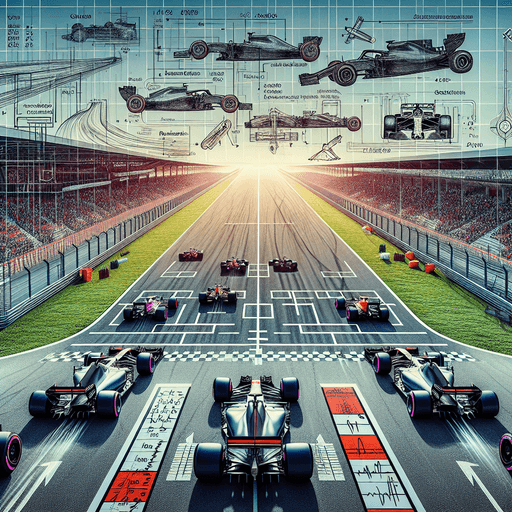Analyzing the F1 Grid: A Deep Dive into Line-Up Decisions and Track Dynamics
Dive into the nuanced world of Formula 1, analyzing qualifying decisions and race-day dynamics that affect the F1 grid, fastest laps, and overall performance.
Formula 1 goes beyond mere racing; it's an intricate blend of strategy, raw speed, and precision, unfolding on tracks across the globe. Central to this magnificent event lies the F1 grid, where strategic decisions made across the lineup can significantly influence the race day outcome.
The F1 Qualifying session is a critical aspect of the grid, an intense competition designed to place the fastest cars at the vanguard, setting the stage for thrilling race-day confrontations. Teams rigorously assess track conditions, make tire selections, and utilize telemetry data to secure the highly sought-after pole position.
Grasping the intricacies involved in qualifying is vital. Elements such as weather conditions, track evolution, and tire tactics are essential. Furthermore, drivers must execute perfect laps, with the F1 Fastest Lap constantly under scrutiny, adding an element of intrigue to each session.
As the race progresses, the initial grid order may evolve due to unforeseen developments like safety cars, pit strategy choices, and driver errors. These elements not only test teams' resilience and strategic prowess but also inject unpredictability into the sport.
The dynamic nature of these shifts often hinges on strategic decisions made within seconds, showcasing the teams' ability to adapt and capitalize swiftly. Whether it's taking advantage of an overtaking opportunity or responding to a rival's blunder, these factors ultimately determine the race results and championship rankings.
In summary, the grid and track dynamics of Formula 1 underscore the extraordinary fusion of skill, strategy, and technological prowess. Explore the strategic depth and insights further by visiting slot gacor, for a deeper dive into the exhilarating world of Formula 1.
